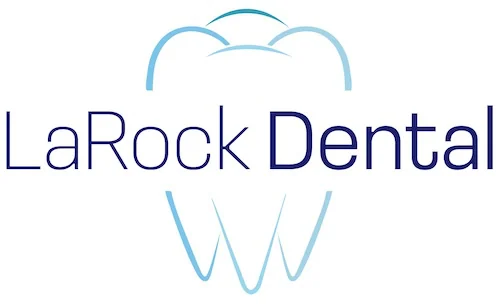Bridges
The bridge is a gap-filler in more than one way. Not only does it physically fill small gaps made by one or two missing teeth, but this restoration option also bridges the gap between the options of dental implants and dentures.
It’s affordable, requires less surgical work than implants, and works well for smaller gaps. While bridges are a restoration option with a long history behind them, recent advancements have made today’s work more durable and realistic-looking than ever before. Decide if bridges are right for you with a little help from our Manchester dental care team.
How Does a Bridge Restore Your Dental Health?
The bridge is primarily designed to fill in your smile and make it appear that there’s no tooth missing. Of course, this kind of restoration work isn’t just for appearances. Filling in the gap still prevents the shifting of teeth over time, maintaining a stable bite pattern.
Since most types of bridges used today also include crowns to help the surrounding teeth support the device, it’s also a good option for a gap where the teeth around it need work. Bridges are good for installing almost immediately after an extraction since it is supported by the teeth rather than a post embedded in the jaw like a dental implant.
How Have Dental Bridges Changed Over the Years?
The dental bridges used 50 years ago aren’t the same as the options available today from Dr. LaRock. Today’s bridges can last 10 to 15 years with care, while early variations often needed work every few years. They’re also more durable, although you’ll still need to chew with care and avoid chewy or hard foods.
Bridges can cover larger gaps than before, especially the latest dental implant-supported type. They also look more realistic than ever, ensuring no one will know you’ve had work done.
Can Bridges Be Supported by Dental Implants?
Tooth-supported bridges are popular today because they rely only on the surrounding teeth to keep them in place. There’s no need for dental implants, allowing them to work well for patients that aren’t a good fit for that installation method. However, Dr. LaRock can provide a combination of the best of both methods with implant-supported bridges. One or two anchors installed in the jaw can stabilize a large bridge that might not be accomplished with tooth-supported designs alone.
What’s Required To Install Bridges?
In most cases, you’ll need at least two healthy teeth on either side of the gap you want to fill. Most modern bridge designs are supported by crowns that rest over these teeth to securely hold them in place. If there are no teeth in the right places to support the bridge, it may be necessary to choose a partial denture or some kind of dental implant-supported design.
No matter what you’re dealing with, our team at LaRock Dental will find a restoration solution that is right for your oral health. Make a plan to address dental restoration with Dr. LaRock by setting your appointment today with our convenient online form.
Request An Appointment Today
If you’re looking for compassionate and quality dental care in Manchester, MI, you can rely on LaRock Dental and the caring team under Dr. LaRock.
Testimonials
We Love Hearing From Our Patients

Front desk staff, dental hygienist and doctors were pleasant and professional.
– Gerald M.

“My hygienist was amazing and dentist was excellent. Highly recommend!”
– Brent L.

“Great small town practice with a caring staff.”
– Michael B.
 126 East Main Street Manchester, MI 48158
126 East Main Street Manchester, MI 48158 734-428-8323
734-428-8323

